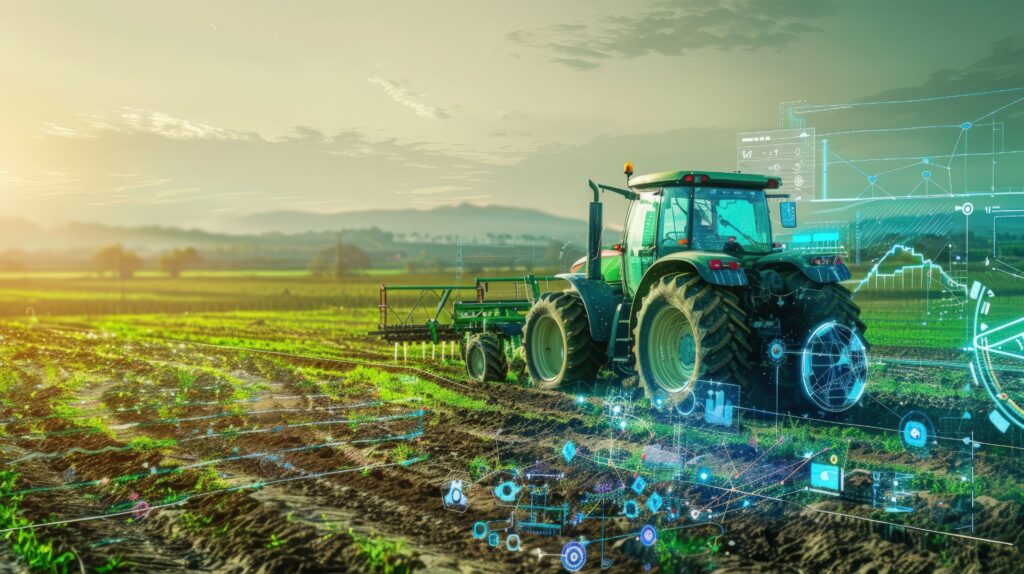The agriculture industry is in the middle of a quiet technology revolution. Across the country, mid-sized farms are adopting tools like precision agriculture, IoT sensors, and cloud-based farm management software to improve yields, conserve resources, and compete in a tough market.
But for every exciting innovation, there’s a growing challenge:
Keeping the technology running reliably and securely.
Without the right IT infrastructure, even the best tools (automated irrigation systems, soil health sensors, aerial crop imagery) can leave farms vulnerable to data loss, network failures, and costly downtime at the worst possible times, like planting or harvest.
Here’s how modern farms are leaning into technology and why managing IT effectively is becoming just as important as managing soil health.
Real-World Technology Opportunities for Agriculture
1. Precision Agriculture: Farming with Data
Modern farms are using GPS-guided tractors, soil moisture sensors, and real-time weather tracking to optimize planting, fertilizing, and irrigation.
- Real-world example:
Research from Purdue University indicates that optimizing plant spacing and seeding rates can enhance corn yields and reduce input costs. GPS-guided planting systems support these practices by enabling precise seed placement and spacing.
IT Need:
Reliable network connectivity and cloud systems to ensure sensor data is transmitted, stored, and analyzed in real time.
2. IoT Sensors: Keeping a Finger on the Soil’s Pulse
IoT-enabled devices monitor everything from soil moisture to livestock health.
- Real-world example:
The USDA NRCS supports the use of soil moisture sensors in irrigation management plans to enhance water use efficiency. While specific outcomes can vary, these technologies assist pecan growers in Central Texas in making informed irrigation decisions, potentially leading to significant water savings without compromising yields.
IT Need:
Ongoing sensor maintenance, secure data transfer, and failover protection to prevent data loss during storms or outages.
3. Drone and Aerial Imaging: A New View of the Fields
Drones help farms detect early signs of disease, pest issues, and irrigation problems long before they are visible from the ground.
- Real-world example:
Research from Iowa State University has demonstrated that drone imagery can effectively monitor soybean health and detect foliar diseases like frogeye leaf spot. In certain studies, the application of specific fungicides resulted in a 19% yield increase compared to untreated controls.
IT Need:
Fast, secure image storage and processing; cloud integration for quick decision-making.
4. Farm Management Software (FMS): Running the Business
Cloud-based platforms now track inventory, labor schedules, equipment maintenance, and financial records.
- Real-world example:
Implementing cloud-based Farm Management Software (FMS) can help cattle operations streamline feed tracking and breeding schedules, potentially leading to reduced overhead costs and improved operational efficiency.
IT Need:
Robust cybersecurity, multi-location user access, reliable backup systems.
The Takeaway:
Technology is no longer a “nice-to-have”. It is now a “must-have” for farm productivity and profitability.
Without expert IT support, these investments can quickly become headaches rather than advantages.
Want Help Building a Smarter Farm IT Strategy?
AxiaTP specializes in helping mid-sized farms and agribusinesses modernize and secure their IT environments, without the overhead of managing it all in-house.
Contact us for a complimentary consultation.


